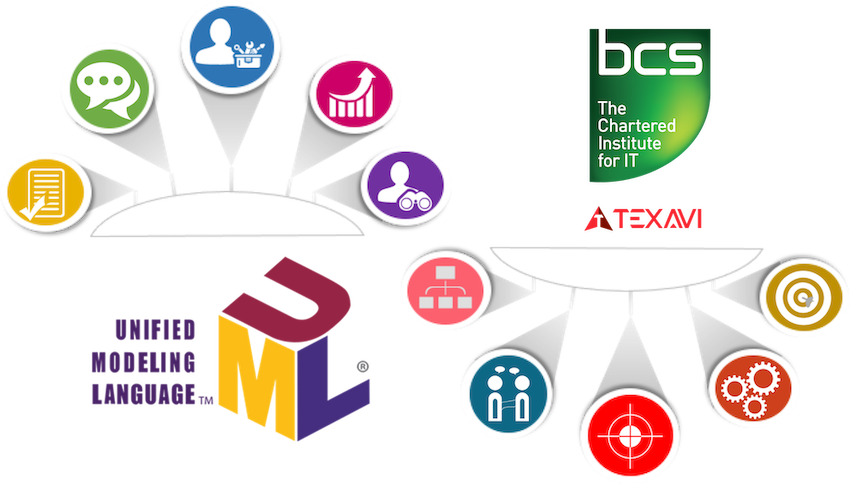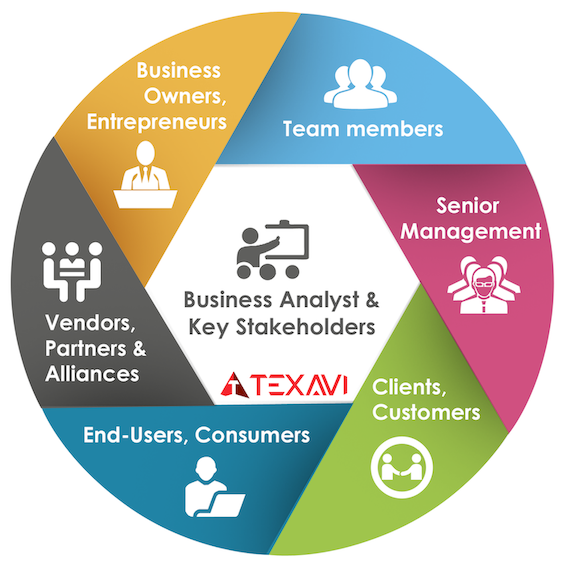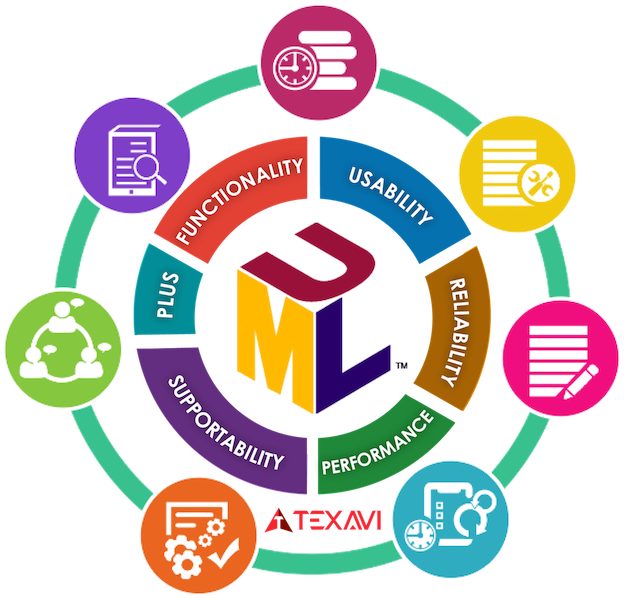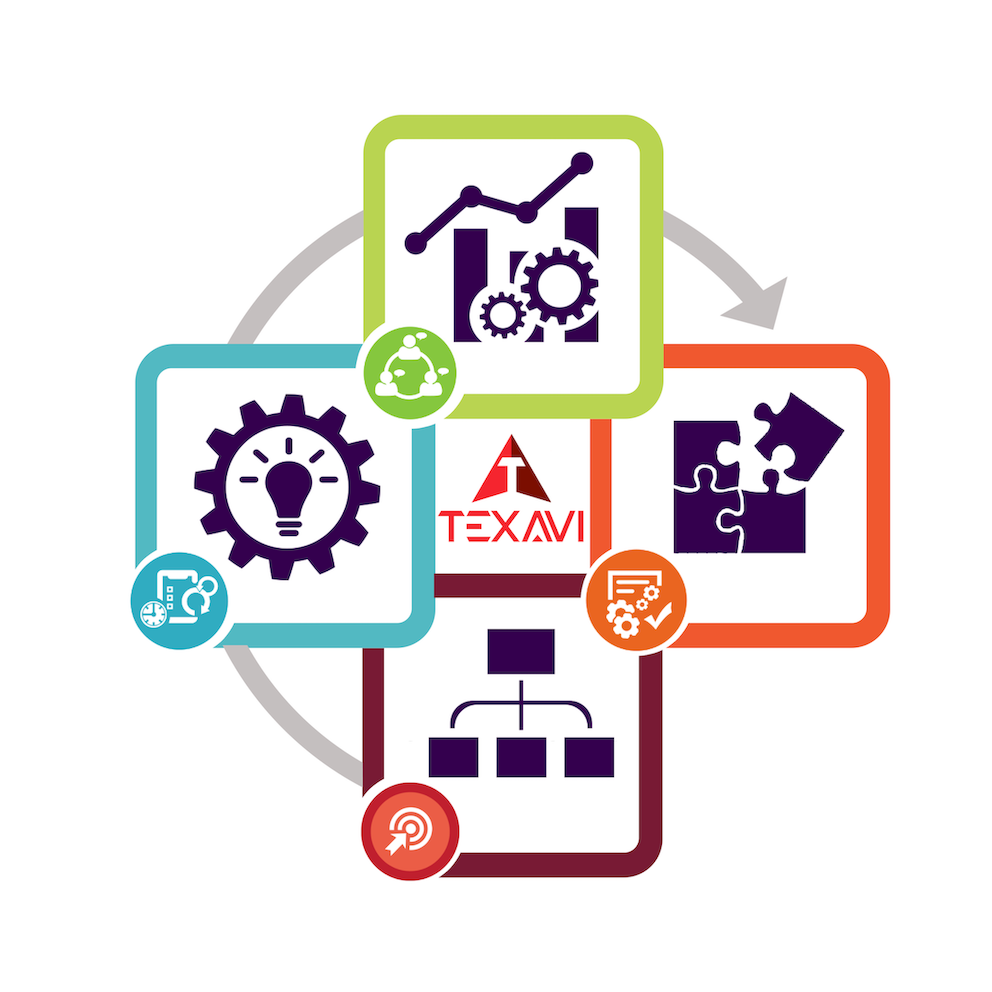BCS Certificate in Systems Modelling Using UML
Professional Course in Using UML Diagrams and Models for IT Systems. Select Course Date and Time Based on Your Convenience!
- Instructor-led, Online
- Course Category: Business Analysis, Digital, Certification, BCS, Practitioner
GBP
250
Instructor-led, Online
Duration: 16 Hours
Course Code: TXV-BCS-UML2
Skill Level: All Levels
BCS Certificate in Systems Modelling Using UML
Overview
In these days of transformative digital technologies, organisations have been investing significantly in designing, building and deploying information and technology systems to bolster their business goals. Before actually building any IT system or solution, teams must have well-defined requirements and clarity of design. Developing models and sharing them with key stakeholders help teams not only to communicate their understanding as well as the proposed solution but also to obtain timely, valuable feedback. In the past few decades, UML (Unified Modelling Language) emerged as the industry-recognised, de-facto notation for creating models in IT projects. Take the TEXAVI Course on BCS Professional Certificate in Systems Modelling Techniques Using UML to understand the UML elements, syntaxes, notations and diagrams, gain practical hands-on skills and turbo-boost your career potential!


Who can attend?
- Anybody with or without work experience
- IT professionals (eg., Developers, testers) considering a move to BA role
- Non-IT people who want to learn IT skills thinking of a career switch
- Graduates and university students who aspire to get into IT industry
- Students who have just passed their B. Tec, A-Levels or college studies

COURSE OUTLINE
-
Module 1: Modelling in IT Systems Development
-
Module 2: Introduction to UML
-
Module 3: Use Case Diagrams
-
Module 4: Activity Diagrams
-
Module 5: Class Diagrams
-
Module 6: Object Diagrams
-
Module 7: State Machine Diagrams
-
Module 8: Communication Diagrams
-
Module 9: Sequence Diagrams
-
Module 10: Entity Relationship/Data Models
-
Module 11: Component Diagrams
-
Module 12: Deployment Diagrams

What will you learn?
By the end of this course, you will be able to:
-
Justify the need for IT systems modelling and modelling standards
-
Provide the rationale for selected approach of modelling
-
Explain the role of models for analysis against business objectives and system requirements
-
State the approach adopted for a systems development lifecycle
-
Identify the role plated by models within the systems development lifecycle
-
Explain why it is important to model IT system requirements from different perspectives
-
Discuss how the models and their content/outcomes interact with one another
-
Highlight the importance of validating and verifying the models
-
Explain unified process in the context of software development activities
-
Discuss mapping of unified process on to iterative workflows in software development
-
Elaborate on the importance of abstraction when modelling software systems
-
Describe the origin of UML and its evolution into the full notation set of diagrams
-
State how the static diagrams in UML help in modelling the structure of system’s objects
-
State how the dynamic diagrams in UML help in modelling the behaviours of system’s objects
-
Distinguish between the process elements and sequencing events in UML models
-
Explain how models act as bridge between the requirements and development
-
Define package and explain its purpose and usage in UML diagrams
-
Illustrate different types of relationships and their notations as per UML
-
Association
-
Aggregation
-
Composition
-
Generalisation
-
Realisation
-
Dependency
-
-
Describe how use case diagrams help in modelling user requirements
-
Define elements in a use case diagram- system boundary, use case, actor and relationships
-
Explain when to use ‘extends’ and ‘includes/uses’ relationships between use cases
-
Develop models of system functionality as use case diagrams
-
Support use case models with specifying detailed use case descriptions
-
State the content and structure of a use case specification template
-
Define activity diagram and describe its purpose and applications
-
Explain the notation and elements in an activity diagram
-
Define swimlanes and explain their importance (as opposed to using a flow chart)
-
Describe how activity diagrams help in depicting dynamic behaviours of systems’ objects
-
Demonstrate the steps in creating an activity diagram using the relevant notations
-
Define class diagram and describe its purpose and applications
-
Explain the notation and elements in a class diagram
-
Describe how class diagrams help in depicting the static structure of an application
-
Highlight the use of class diagram as a powerful tool in modelling object oriented systems
-
Develop class diagram using a collection of classes, interfaces, associations, collaborations, and constraints
-
Explain use of associations and different types i.e., generalisation, inheritence and abstraction
-
State benefits of class diagrams in forward engineering and reverse engineering of the models
-
Develop models of system data as object models from instances of classes
-
Explain the notation and elements in an object diagram
-
Describe how object diagram depicts static structure of an application’s objects as a snapshot at one time
-
Highlight the use of object diagram as a powerful tool in modelling object oriented systems
-
Define attributes and operations in a data model
-
Discuss the different ways to show the visibility of operations viz., private, protected and public
-
Define communication diagram and describe its purpose and applications
-
Explain the notation and elements in a communication diagram
-
Illustrate the use of a sequence diagram as a means to realise a use case
-
Specify the various types of class/object types used in a communication diagram
-
Boundary class/object
-
Control class/object
-
Entity class/object
-
-
Demonstrate a communication diagram as an extension of view of participating classes (VOPC)
-
Develop a communication diagram using boundary, entity, control objects, their interactions and messages
-
Define sequence diagram and describe its purpose and applications
-
Explain the notation and elements in a sequence diagram
-
Highlight the use of sequence diagram to show the interactions between among different objects
-
Develop a sequence diagram using x and y-axes, timeline, objects and their lifelines, activations, messages
-
Produce dynamic models as sequence diagrams showing the realisation of a use case
-
Explain the role of business rules and constrains in class diagrams and data models
-
List the different possibilities and permutations of multiplicities between two classes/entities
-
Resolve many-to-many association multiplicity between two entities in a data model
-
Define state chart diagram and describe its purpose and applications
-
Explain the notation and elements in a state transition diagram
-
Describe how state chart diagrams depict the transition of states of an object in a system
-
Develop a state transition diagram using different elements eg., start, state, transition, event, activity, end state
-
Define component diagram and describe its purpose and applications
-
Explain the notation and elements in a component diagram
-
Illustrate the use of a component diagram as a special kind of a UML diagram
-
Develop a component diagram using the constructs eg., components, files, libraries, artefacts and relationships
-
Define deployment diagram and describe its purpose and applications
-
Explain the notation and elements in a deployment diagram
-
Illustrate the use of a deployment diagram to depict the runtime processing and hardware topology etc.
-
Develop a deployment diagram using the constructs eg., nodes and relationships among nodes
-
Evaluate alignment of selected system models against business objectives and system requirements
-
Demonstrate how the selected UML models/diagrams inter-relate with each other
-
Describe how the system models of analysis feed into the design and development of systems

What do you need?
There are no pre-requisites for this course. There is no need for any prior experience, working knowledge or awareness of software development or projects experience. The course is suitable for experienced professionals working in the industry or academia, aspirants and early stage professionals, as well as students in universities and colleges. Professionals and aspirants from technology, business, operations or sales are all welcome to explore and understand the agile methodologies alongside their concepts and principles.
WHAT'S INCLUDED?
- 24×7 access to TEXAVI’s high quality course content
- Practical insights from real life IT projects
- Course completion certificate
- Case studies, examples and illustrations
- Interactive quizzes and challenges
- Job aids, resources and tools
- Access to TEXAVI’s collaborative digital platform

Why Texavi?
-
TEXAVI is a proven leader in delivering non-coding IT learning, worldwide
-
We are not just trainers, but practising IT professionals with 25+ years of work exp
-
Our courses get you job-ready with practical and real-time insights
-
Qualify for certificates upon completion and complete our assessments
-
Pave way for industry-recognised certifications
-
Access to treasure of Texavi’s high-quality, content-rich resources and materials
-
Get discount voucher to our popular courses on Udemy
-
24×7 access to Texavi’s interactive platform with personalised content

Sample Course Video
TEXAVI Tests
Test Your Knowledge

Take the Texavi Tests and challenge yourself, simply click the below links and start the interactive quiz…
- Quiz on Practical Business Analysis – Essential Aspects
- Quiz on Business Analysis Concepts As Per BCS
- Quiz on Business Analyst’s Resources, Sources and References
- Quiz on techniques, tools and resources for business analysis
- Quiz on Elicitation and Collaborating with Stakeholders – Assessment Quiz 1
- Quiz on Elicitation and Stakeholder Collaboration: Methods and Techniques – Assessment Quiz 2
- Quiz on Elicitation and Stakeholder Collaboration: Communication and Management – Assessment Quiz 3
- Quiz on Business Analysis Planning and Monitoring – Assessment Quiz 1
- Quiz on Planning and Monitoring Business Analysis – Assessment Quiz 2
- Quiz on Why Business Analysis? Rationale and Value-add of BA
- Quiz on Roles and Responsibilities of Business Analyst
- Quiz on Requirements Assessment, Approval and Management
Trainer Profile

Your trainer for this course is Pardha Saradhi Mantravadi. Pardha is a seasoned and well-qualified trainer, coach, mentor, influencer and thought leader. He has rich and varied IT-industry experience of 25 years, working in working in different roles as a Business Analysis professional with blue-chip organisations viz., HSBC, Deutsche Bank, Dyson, Asda, Cambridge University Press, Roche, King’s College London , Royal Society of Chemistry etc. Pardha delivers his training sessions by blending the concepts and principles with practical insights from real-life projects and programs…click here to view the complete trainer profile
Reviews
“The delivery was consistent, thoughtful and measured. Texavi’s masterclass worked well for me.”
– Louise Caldwell, OMT Group
“I enjoyed the bootcamp and found it very inspiring. I found your description of digital transformation very useful and I liked the examples that were given about successful digital businesses.”
– Dr. Carrie Mowatt, Royal Society of Chemistry
“What I like most about Pardha is the way he easily blends empathy for users within day-to-day software development tasks. This mix of vision and execution is rare and powerful.”
– Sarbajit Sen, Steelwedge Software
“Recently Texavi conducted a workshop on Agile methodologies. The trainer’s knowledge on Agile methodology has its roots grounded in experience.”
– Tazeen Sheikh, Mastek
” The trainer is very well-informed. I learnt a lot of background to digital transformation and artificial intelligence and how businesses can use them.”
– Robert Bowles, RSC
“I attended Texavi’s training on Agile Business Analysis and had a lot of takeaways from the session. Pardha’s effective presentation skills supported with context you can relate to, makes the entire experience exhilarating.”
– Abhijeet Majumdar, Zensar Technologies
“The workshop was quite interesting. I found the exercises we did particularly valuable, as it was useful to discuss with the others present, and to then feedback to the wider group.”
– Holly Sheahan, Cambridge Partners
“Excellent speaker, very knowledgeable. Lovely manner and gentle approach.”
– Linda Clifford, Marketing Success
“Texavi has delivered a fantastic product which was above expectations. The ISBE DataHub will support operational and strategic efforts, at the same time reducing the burden of work for staff at KCL.”
– Christine Manoharan, King’s College London
“The workshop was quite interesting, liked the practical and interactive parts. Texavi’s Digital Business Maturity Model is really helpful and necessary for success.”
– Julio C Garcia, Creanto
“The trainer, Pardha is professional yet very friendly, made everyone feel welcome.”
– Chantal Gilbert, BusyBee Consulting
Related Courses
BCS Certificate in Modelling Business Processes
BCS Professional Certificate in Stakeholder Engagement
BCS Professional Certificate in Data Analysis and Modelling
BCS Professional Certificate in Benefits Planning and Realisation
BCS Practitioner Certificate in Requirements Engineering
BCS Foundation Certificate in Business Analysis
BCS Practitioner Certificate in Business Analysis Practice
Career and Profession of Business Analysis
Skills and Competencies of a Business Analyst
Practices and Methods in Business Analysis
Techniques and Tools of a Business Analyst
Product Scoping and Prioritisation
Software Estimation – Practices and Techniques
Vision and Roadmap in Product Development
IIBA Entry Certificate in Business Analysis (ECBA) Certification
IIBA Certified Business Analysis Professional (CBAP) Certification
IIBA Certification of Capability in Business Analysis (CCBA) Certification
Texavi Toolkit
Texavi post on BA moving beyond writing requirements
Top tips for the new-age, tech-savvy business analyst
TEXAVI white paper on building your career as a business analyst
Texavi blogpost on Realm and reach of New-age Business Analyst, Product Owner
Texavi article on why once an analyst, always an analyst
Post on the digital, agile and social business analysis professional
Leader. Architect. Soldier. Team Player – the many facets of business analyst
Why new-age, digital and agile business analysis isn’t all about managing requirements
Mind the gap! Texavi’s post on tips for good product management
